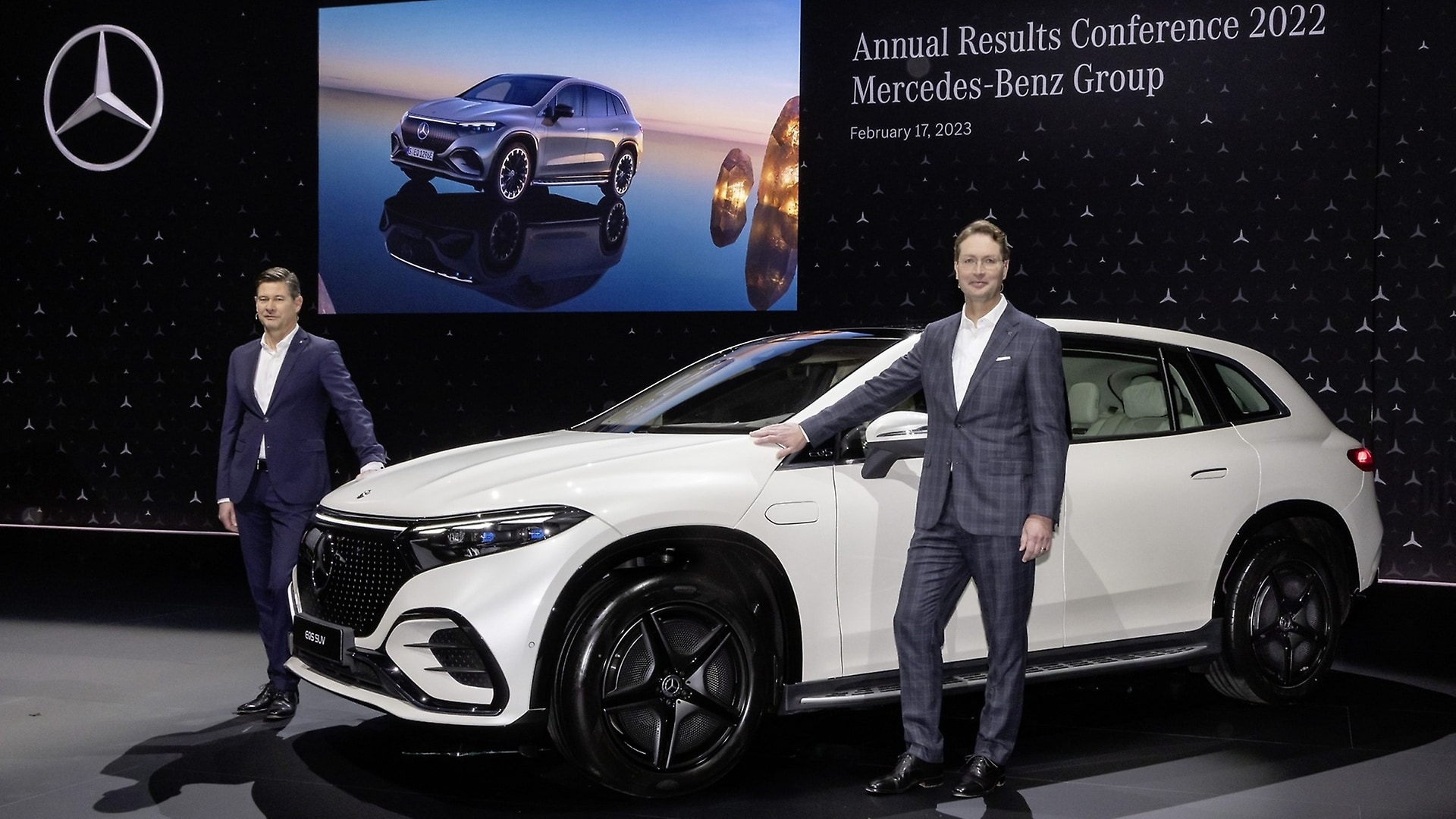In a challenging macroeconomic environment, Mercedes-Benz Cars sold 2,040,719 vehicles (+5%). In line with the strategy to focus on EVs, Mercedes-Benz had strong BEV sales of 149,227 units incl. smart (+67%). Sales in the Top-End segment increased by 8% driven by the S-Class (+6%) and additionally its all-electric version EQS, with more than 23,400 vehicles sold. Q4 marked the best sales quarter for this all-electric flagship. Furthermore, Mercedes-Maybach achieved a new record year with sales up 41%. Strong sales of C-Class, the top-seller GLC and the new EQE led to a rise in sales in the Core segment of 9%. The adjusted Return on Sales (RoS) for Mercedes-Benz Cars rose to 14.6% from 13.1% in the year-earlier period.
In the fourth quarter, deliberate decisions to make payments to selected suppliers and the impact of the so-called “inflation bonus” for eligible staff in Germany resulted in slight headwinds and an adjusted Return on Sales of a still high 13.4%.
,xPosition=0,yPosition=0.5)

,xPosition=0.5,yPosition=0)
,xPosition=0.5,yPosition=0)